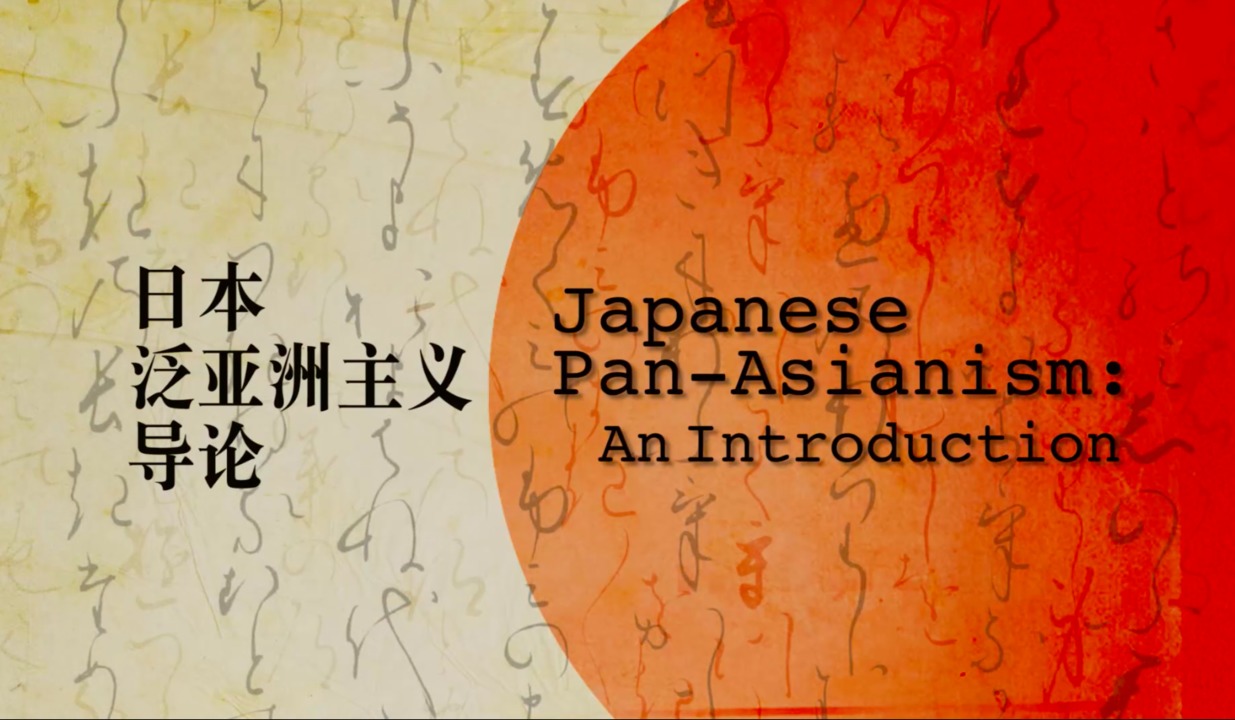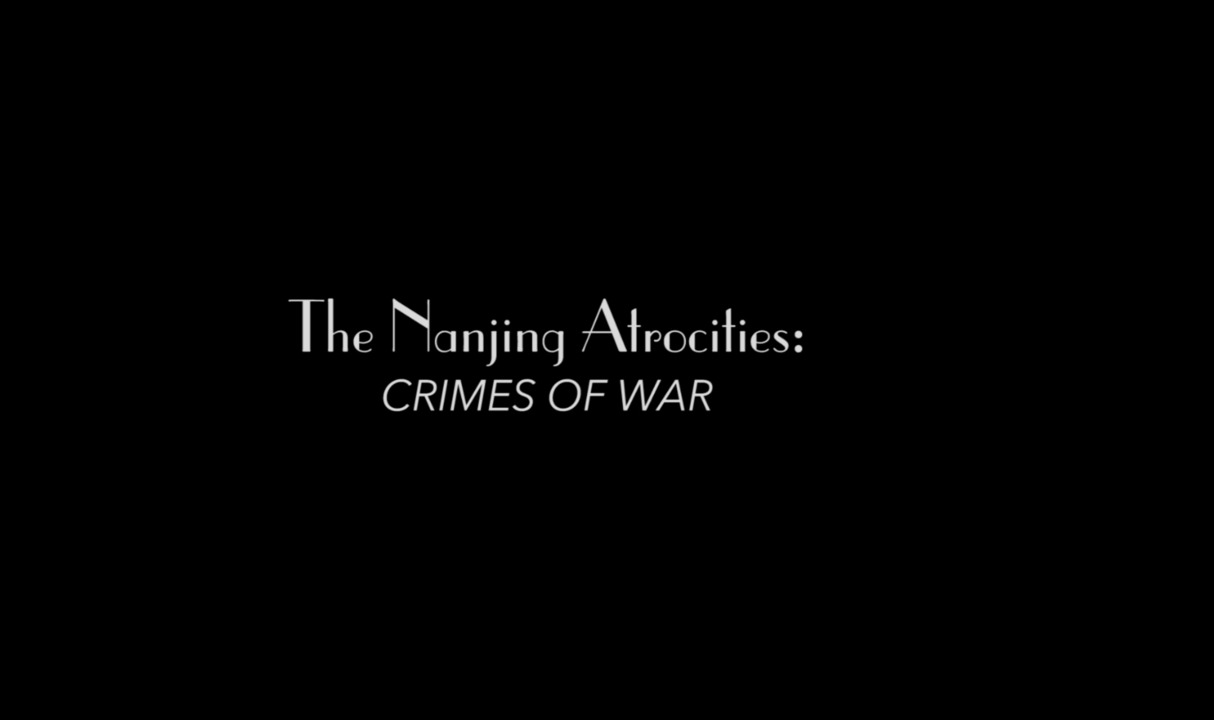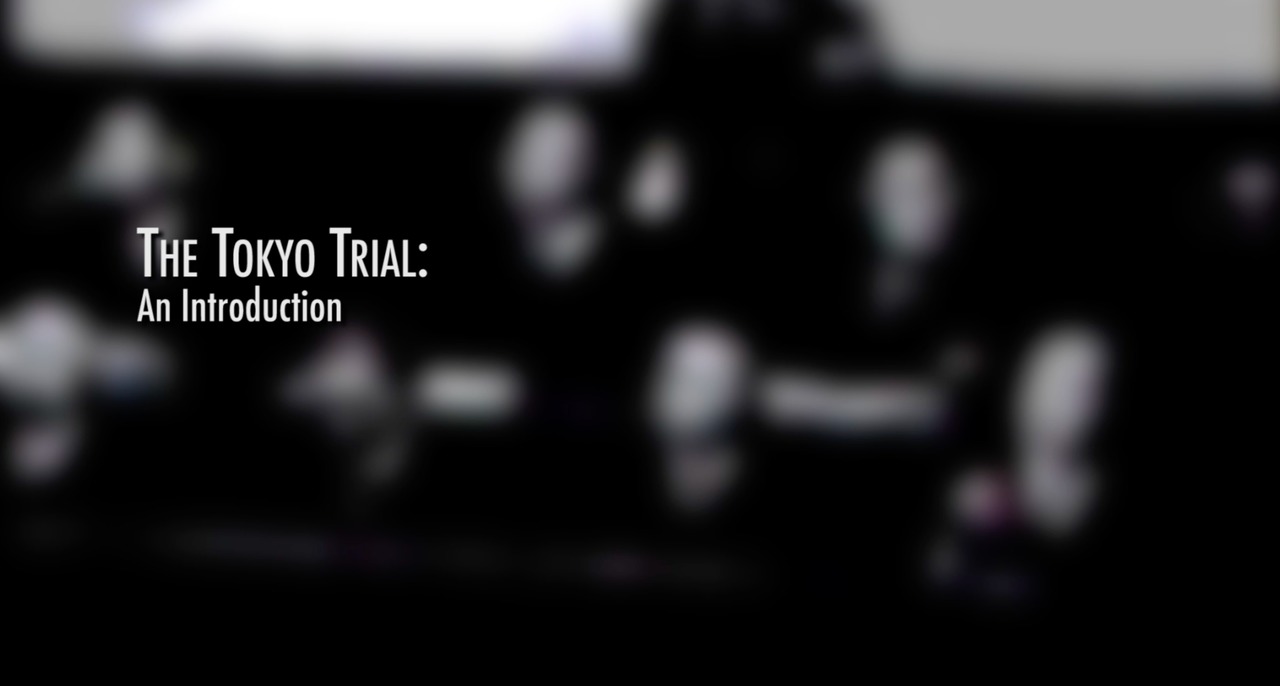Drawings of Nanjing Massacre Drawings of Nanjing Massacre Easy

The Nanjing Atrocities
Explore this collection of lesson plans and student materials that place the Nanjing Atrocities within the larger context of World War II in East Asia.
- Save
- History
- Social Studies
- Genocide
Overview
Our resources on the Nanjing atrocities challenge students to consider the complex questions that this history raises about wartime violence, justice, and memory.
Use these resources to help students bear witness to the events through the voices of Nanjing survivors, reflect on the consequences of human action and inaction during times of crisis, and consider how to achieve justice and reconciliation in the aftermath of atrocities.
The collection includes a 5-week unit for high school students in addition to readings, videos, and handouts to deepen students' exploration of this history.
This collection is designed to be flexible. You can use all of the resources or choose a selection best suited to your classroom. It includes:
- 5-lesson unit
- The Nanjing Atrocities book
- 7 videos
- 3 timelines
- 12 readings
Inside This Collection
Use this Teaching Idea to reflect with your students on what we can do to stop ongoing atrocities and prevent future genocides.

Explore the digital version of our core resource on the Holocaust to find classroom-ready readings, primary sources, and short documentary films that support a study of the Holocaust through the lens of human behavior.

Explore resources that meet the Massachusetts History and Social Science Framework.

Lead your students through a detailed and challenging study of the Holocaust that asks what this history can teach us about the power and impact of choices.

This collection features powerful accounts of the Holocaust, told by survivors, rescuers, and witnesses, selected from USC Shoah Foundation's Visual History Archive.

Students watch video testimony from a Holocaust survivor and engage in purposeful reflection about the survivor's important story.

Engage students in personal accounts from survivors with this collection of video testimony, survivor profiles, and a lesson plan.

Explore resources that meet the California History–Social Science Framework standards.

Investigate the Truth and Reconciliation Commission of Canada and its role in helping individuals and the nation overcome the historical injustice and trauma of the Indian Residential Schools system.
Examine the debate that led to a declaration describing the Canadian government's colonial policies toward Indigenous Peoples as "cultural genocide."

Explore the efforts of leaders and activists advocating for indigenous rights and culture, including young people using their history and culture to build bridges toward others and the future.

Explore how language and culture shape identity, and learn about the challenges faced by the Indigenous Peoples of Canada to preserve their traditional identity.

Most teachers are willing to tackle the difficult topics, but we need the tools.
— Gabriela Calderon-Espinal, Bay Shore, NY
Source: https://www.facinghistory.org/resource-library/nanjing-atrocities











![Japanese-Chinese War ADN-ZB / Archive The Japanese Aggression and China's National Liberation Struggle Against the Agressors 1931-1939 Japanese troops taking Nanking. Ann .: January 1938 [Second Japanese-Chinese War, China.- Taking Nanking by Japanese troops.]](/sites/default/files/styles/dynamic_stack_296_1x/public/2022-05/Bundesarchiv_Bild_183-U1002-502%2C_Japanisch-Chinesischer_Krieg_Medium_res.jpg?h=048697cd&itok=0w4tu3v2)









0 Response to "Drawings of Nanjing Massacre Drawings of Nanjing Massacre Easy"
Post a Comment